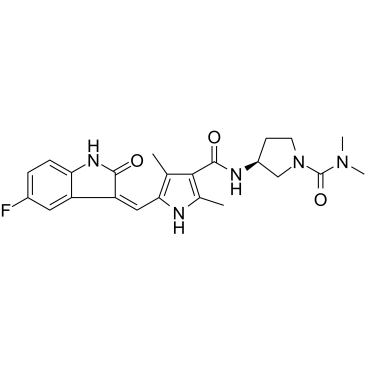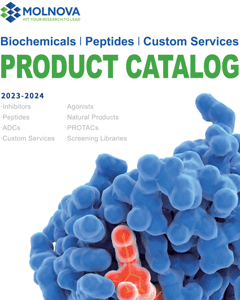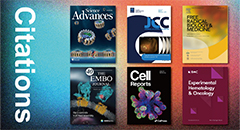
Vorolanib
CAS No. 1013920-15-4
Vorolanib( CM082,X-82 )
Catalog No. M21932 CAS No. 1013920-15-4
Vorolanib is an orally active VEGFR/PDGFR dual inhibitor.
Purity : >98% (HPLC)
 COA
COA
 Datasheet
Datasheet
 HNMR
HNMR
 HPLC
HPLC
 MSDS
MSDS
 Handing Instructions
Handing Instructions
| Size | Price / USD | Stock | Quantity |
| 5MG | 222 | In Stock |


|
| 10MG | 357 | In Stock |


|
| 25MG | 597 | In Stock |


|
| 50MG | 851 | In Stock |


|
| 100MG | 1152 | In Stock |


|
| 200MG | Get Quote | In Stock |


|
| 500MG | Get Quote | In Stock |


|
| 1G | Get Quote | In Stock |


|
Biological Information
-
Product NameVorolanib
-
NoteResearch use only, not for human use.
-
Brief DescriptionVorolanib is an orally active VEGFR/PDGFR dual inhibitor.
-
DescriptionVorolanib is an orally active VEGFR/PDGFR dual inhibitor.
-
In Vitro——
-
In Vivo——
-
SynonymsCM082,X-82
-
PathwayAngiogenesis
-
TargetVEGFR
-
RecptorVEGFR|PDGFR
-
Research AreaUrinary system/Cancer
-
IndicationRenal Cell Cancer Metastatic
Chemical Information
-
CAS Number1013920-15-4
-
Formula Weight439.48
-
Molecular FormulaC23H26FN5O3
-
Purity>98% (HPLC)
-
SolubilityDMSO:22 mg/ml (50.06 mM; Need ultrasonic)
-
SMILESCN(C)C(=O)N1CC[C@@H](C1)NC(=O)c1c(C)[nH]c(\C=C2/C(=O)Nc3ccc(F)cc23)c1C
-
Chemical Name——
Shipping & Storage Information
-
Storage(-20℃)
-
ShippingWith Ice Pack
-
Stability≥ 2 years
Reference
1.Bendell JC, et al. Phase I, First-in-Human, Dose-Escalation Study to Evaluate the Safety, Tolerability, and Pharmacokinetics of Vorolanib in Patients with Advanced Solid Tumors. Oncologist. 2019 Apr;24(4):455-e121.
molnova catalog



related products
-
AKB-6899
AKB-6899 is an inhibitor of prolyl hydroxylase domain 3 (PHD3) and increases the soluble form of the VEGF receptor (sVEGFR-1) production from GM-CSF-treated macrophages.
-
SU5204
SU5204, an analogue of SU5025, pharmacologically inhibits VEGFR2(IC50s of 4 and 51.5 μM for FLK-1 (VEGFR-2) and HER2).
-
Fargesin
Fargesin as a potential β1AR antagonist through cAMP/PKA pathway could protect against myocardial ischemia/reperfusion injury in rats.



 Cart
Cart
 sales@molnova.com
sales@molnova.com


